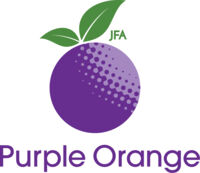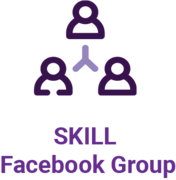Please login or register for an account to get started on building your SKILLs!
What is Safeguarding and How Can it Help Us?
Key Learnings
- Safeguards are safety measures that can be put in place to reduce risk
Keeping people safe is called safeguarding. It involves protecting the health, wellbeing and rights of people at risk, so they can live safely and free from abuse and neglect.
Abuse is when someone does or says things that scares or causes you harm. An 'adult at risk' is someone who needs help because they have care and support needs, and may be unable to stop someone else from harming or exploiting them.
It is well documented that people living with a disability are vulnerable to experiencing abuse and most often the perpetrator is a trusted person, close to the person living with disability. If abuse is not addressed the effects can be long lasting.
To ensure safeguarding strategies are in place, people and organisations must work together to prevent and reduce both the risks and experience of abuse or neglect.
Formal and Informal safeguards
There are both formal and informal safeguards that keep people safe.
Formal safeguards can include:
- Legal and financial arrangements such as the NDIS Quality and Safeguards Commission and the NDIS Code of Conduct
- Complaints processes and quality standards outlined by the NDIS
- Policies, procedures and complaints systems that disability service providers and organisations have in place
Informal safeguards can include:
- Being included, known, visible and connected to your community. This could include regular social interactions and peer support networks
- Using supported decision making so you express yourself and make decisions about your life
- Clear communication plans between you and your carers

“Another safe-guard is being known and valued in your neighbourhood.” (Margaret Rogers)
Being part of your community provides an informal safeguard. This is because being included, known, confident and connected provides a great level of safety for people living with disability.
Let’s consider the various ways that you can use different safeguards in your life. Some examples of these include:
- Holding valued roles and being visible in community – people knowing you
- Using supported decision making principles and approaches
- Having contingency plans and communication plans in place
- Using informal supports, such as Circles of Support (CoS), regular social catch-ups and peer support networks
Well done! You have reached the end of section 2. Next up we look at what to do if something goes wrong and you need to make new plans.
Click below to move on when you are ready…


